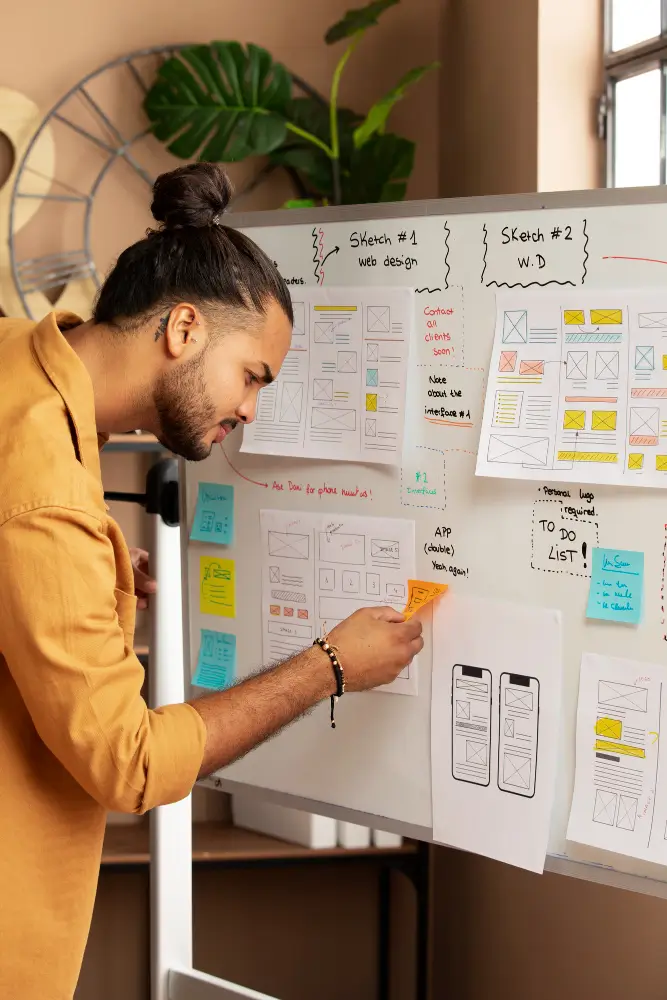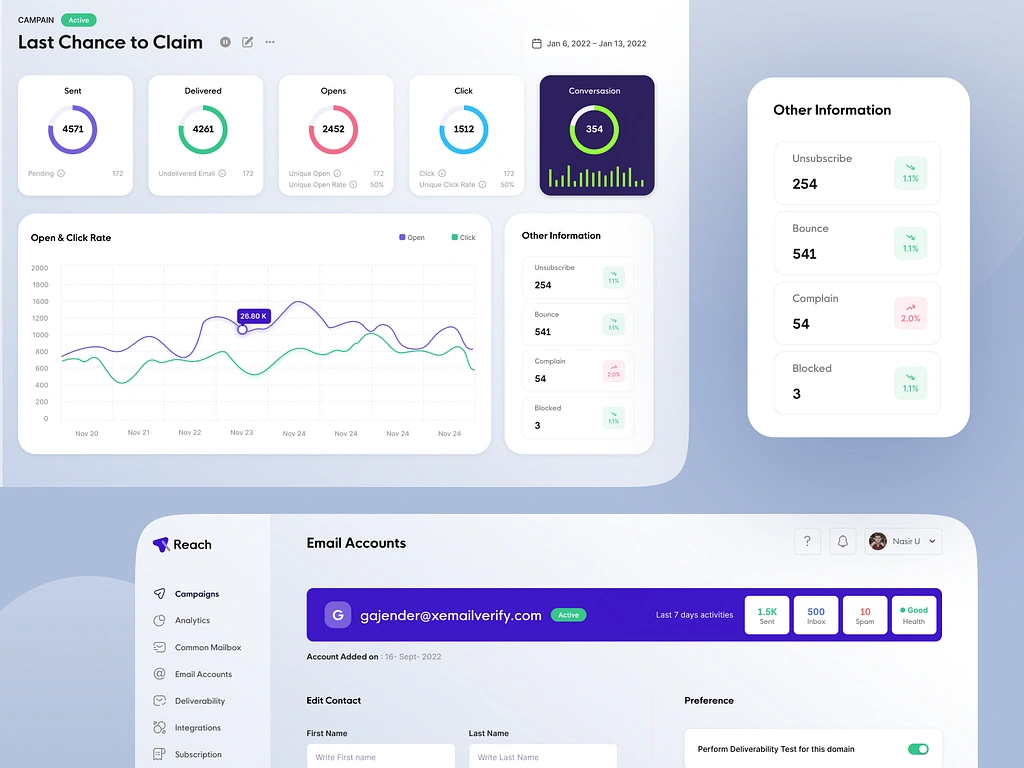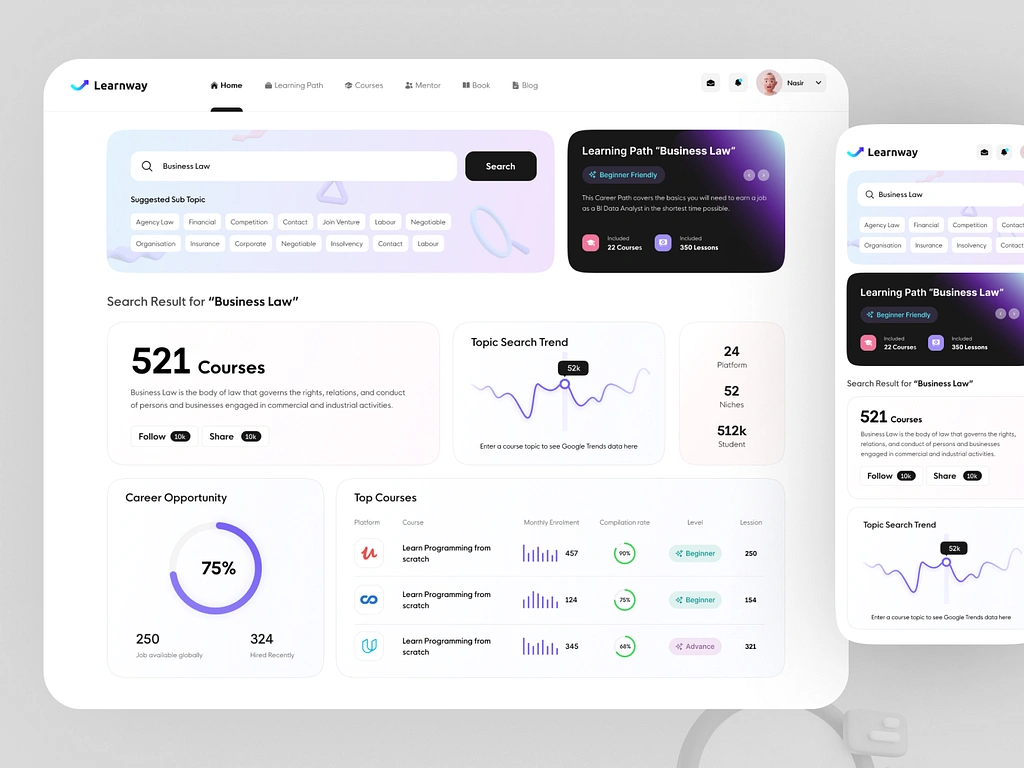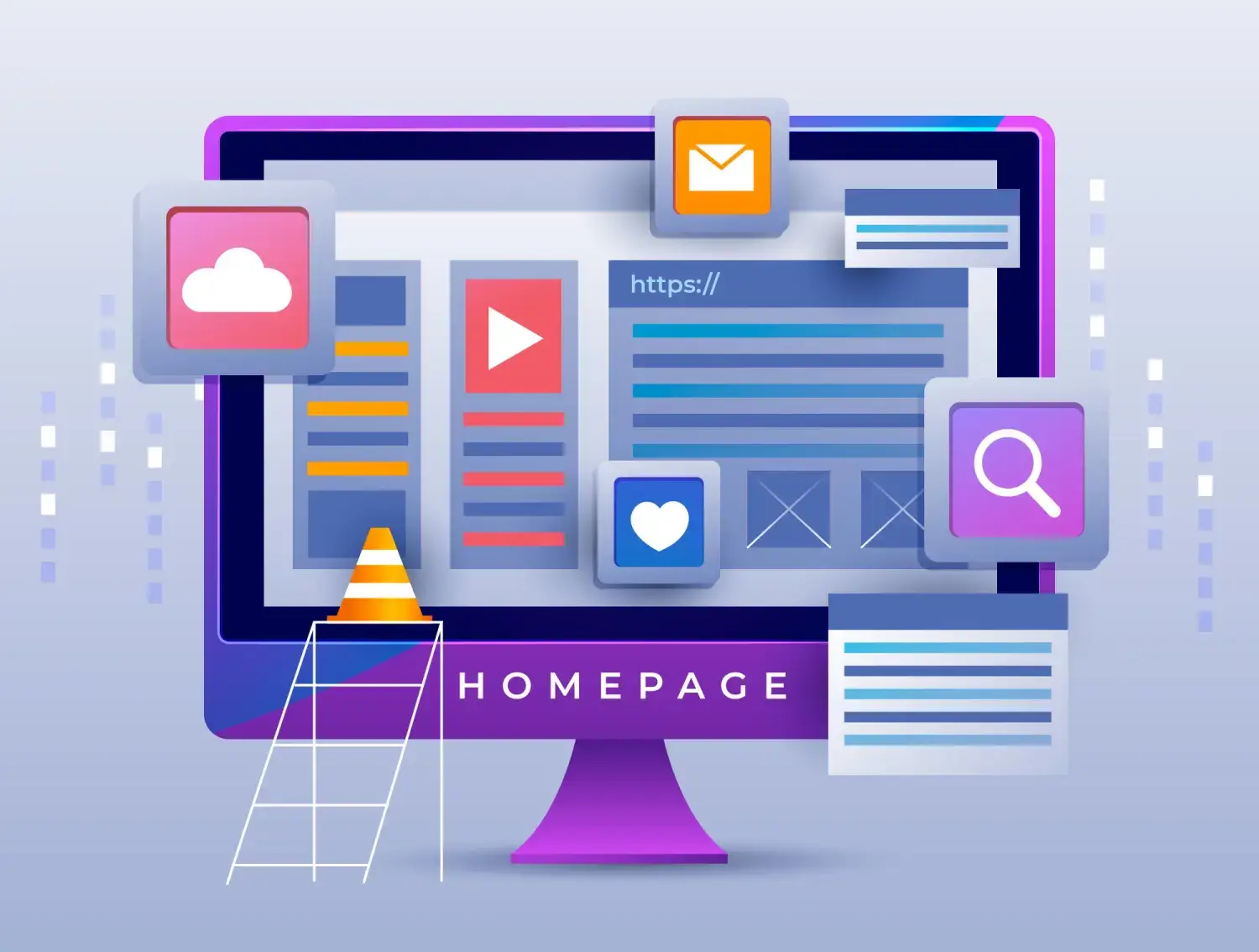In a world where digital experiences shape the foundation of modern business, the seamless transfer of design from creative teams to developers can be the difference between a product that dazzles and one that disappoints. Imagine a symphony orchestra, where musicians must play in perfect harmony to create a beautiful piece. The UX of design handoff is that maestro, orchestrating the delicate balance between creativity and execution. It’s the bridge that ensures every exquisite detail, every user-centric decision made in the design phase, is translated flawlessly into the final product without losing its essence.
But achieving this harmonious synergy is no small feat. It requires an intricate understanding of both design sensibilities and technical constraints, weaving them together to create an experience that transcends the ordinary. As we delve into the nuances of design handoff, we will explore how to elevate product synergy by refining and perfecting this process. We’ll uncover best practices, innovative tools, and strategies that empower teams to foster collaboration and continuity, ensuring that the user experience remains at the heart of every digital journey. So, let’s embark on this exploration of design handoff excellence and discover how to transform potential miscommunications into a symphony of success.
Understanding the Importance of Seamless Design Handoff
The design handoff process is a critical stage in the development of any digital product. It involves transferring the design files and specifications from the creative team to the developers who will bring them to life. The UX of design handoff plays a crucial role in ensuring that the vision and intent behind the design are accurately translated into the final product.
Without a seamless design handoff, there is a risk of miscommunication and misunderstanding between designers and developers. This can lead to inconsistencies, delays, and even compromises in the user experience. By understanding the importance of a smooth handoff process, teams can work together more effectively, resulting in a higher quality end product.
One key aspect of a successful design handoff is bridging the gap between creativity and execution.
Bridging the Gap Between Creativity and Execution
The creative team is responsible for envisioning and designing an exceptional user experience. They focus on aesthetics, usability, and overall user satisfaction. On the other hand, developers are tasked with turning those designs into functional code that works seamlessly across different devices and platforms.
The challenge lies in translating creative ideas into practical solutions without compromising on either side’s objectives. A seamless design handoff ensures that designers’ intentions are understood by developers while also considering technical constraints such as performance optimization or platform-specific requirements.
To bridge this gap effectively, it’s essential to establish clear communication channels between designers and developers throughout the entire process. Regular meetings, collaborative tools, and documentation can help align expectations and ensure that everyone is on the same page.
Key Players in the Design Handoff Process
A successful design handoff requires collaboration among various stakeholders involved in bringing a digital product to life. Let’s take a closer look at the key players in this process:
1. Designers: They are responsible for creating the visual and interactive elements of the product. Designers use their creative skills to craft intuitive user interfaces, engaging visuals, and seamless interactions.
2. Developers: They are the ones who turn design files into functional code. Developers bring designs to life by writing clean, efficient code that powers the product’s features and functionality.
3. Project Managers: They play a crucial role in coordinating between designers and developers, ensuring that timelines are met, resources are allocated efficiently, and communication flows smoothly.
4. Quality Assurance (QA) Testers: They ensure that the final product meets the design specifications and functions as intended. QA testers identify any bugs or usability issues that need to be addressed before launch.
By understanding each stakeholder’s role and involving them at appropriate stages of the design handoff process, teams can streamline collaboration and create a more cohesive end product.
Optimizing Collaboration Between Designers and Developers
A successful design handoff relies on effective collaboration between designers and developers. Here are some strategies to optimize this collaboration:
1. Early involvement: Involve developers in the design process from an early stage. This allows them to provide valuable input on technical feasibility, performance optimization, or any limitations they foresee.
2. Clear documentation: Document design decisions, interactions, and specifications clearly so that developers have a comprehensive understanding of what needs to be implemented.
3. Regular communication: Establish regular check-ins or meetings between designers and developers to address any questions or concerns promptly.
4. Collaborative tools: Utilize collaborative tools such as project management software, design handoff platforms, or version control systems to facilitate seamless communication and file sharing.
5. Mutual respect: Foster a culture of mutual respect and understanding between designers and developers. Recognize the value each brings to the table and encourage open dialogue.
By optimizing collaboration between designers and developers, teams can minimize misunderstandings, streamline workflows, and ultimately deliver a product that exceeds user expectations.
Tools and Technologies for Efficient Design Handoff
The design handoff process can be significantly enhanced by leveraging various tools and technologies designed specifically for this purpose. Let’s explore some of these tools:
1. Design Handoff Platforms: Platforms like Zeplin, InVision Inspect, or Avocode provide a centralized space for designers to upload their designs and developers to access them easily. These platforms generate code snippets, style guides, and assets automatically, reducing manual effort.
2. Prototyping Tools: Tools like Adobe XD or Figma allow designers to create interactive prototypes that closely resemble the final product’s functionality. Developers can use these prototypes as a reference point during implementation.
3. Version Control Systems: Version control systems like Git enable teams to track changes made to design files over time. This ensures that everyone is working on the latest version of the design and provides a history of modifications made.
4. Collaboration Software: Project management software such as Asana or Trello facilitates task management, communication, and file sharing between designers and developers in one centralized location.
5. Design Systems: Creating a design system with reusable components helps maintain consistency across different screens or platforms. It also enables efficient collaboration by providing a shared library of UI elements that both designers and developers can refer to.
By leveraging these tools and technologies, teams can streamline the design handoff process, reduce errors, and improve overall efficiency.
Ensuring Consistency Across Different Platforms
In today’s digital landscape, products are accessed through various devices and platforms. Ensuring a consistent user experience across these different platforms is crucial for maintaining brand identity and user satisfaction.
During the design handoff process, it’s essential to consider platform-specific guidelines and adapt the design accordingly. For example, an app designed for iOS may require different interaction patterns or visual elements compared to its Android counterpart.
By involving developers early on in the design process and considering platform-specific requirements during the handoff, teams can ensure that the final product maintains consistency while still catering to each platform’s unique characteristics.
Streamlining Feedback Loops for Continuous Improvement
The design handoff process should not be a one-time event but rather an iterative cycle of feedback and improvement. By streamlining feedback loops between designers and developers, teams can continuously refine their work and enhance the user experience.
1. Regular Design Reviews: Schedule regular design reviews where designers present their work to developers. This allows for early identification of potential issues or improvements that can be addressed before implementation begins.
2. Developer Feedback: Encourage developers to provide feedback on design files or prototypes. Their technical expertise can help identify any implementation challenges or suggest alternative solutions that may enhance performance or usability.
3. Usability Testing: Conduct usability testing sessions with real users to gather feedback on the product’s usability and identify areas for improvement. This feedback can then be incorporated into future iterations of the design.
4. Continuous Learning: Foster a culture of continuous learning and improvement within the team. Encourage designers and developers to stay updated with the latest industry trends, attend workshops or conferences, and share their learnings with the rest of the team.
By streamlining feedback loops and embracing a culture of continuous improvement, teams can ensure that their design handoff process evolves over time, resulting in better products and enhanced user experiences.
Implementing User-Centric Design Principles Throughout the Process
User-centric design is at the core of any successful digital product. It involves understanding users’ needs, preferences, and behaviors to create an experience that resonates with them.
The design handoff process should not overlook this crucial aspect. Designers must ensure that user-centric design principles are communicated effectively to developers so that they can implement them accurately.
During the handoff process, it’s important to provide developers with context about the target audience, user personas, and any user research conducted during the design phase. This helps developers understand the rationale behind certain design decisions and make informed choices during implementation.
By implementing user-centric design principles throughout the entire process, teams can create products that truly meet users’ needs and expectations.
Measuring Success: Metrics for Evaluating Design Handoff Effectiveness
Evaluating the effectiveness of a design handoff process is essential for identifying areas of improvement and ensuring continuous growth. Here are some metrics that can be used to measure success:
1. Time-to-Market: Measure how long it takes from completing the design handoff to launching a product or feature. A shorter time-to-market indicates an efficient handoff process.
2. Bug/Error Rates: Track the number of bugs or errors encountered during development and post-launch. A lower bug/error rate suggests a successful handoff process with fewer miscommunications.
3. User Satisfaction: Gather user feedback through surveys, interviews, or usability testing to gauge user satisfaction with the final product. Positive user feedback indicates that the design intent was successfully translated into the user experience.
4. Collaboration Feedback: Seek feedback from both designers and developers on their experience during the handoff process. Identify pain points or areas for improvement to enhance collaboration and communication.
5. Design Consistency: Evaluate how well the final product aligns with the original design files in terms of visual consistency, interaction patterns, and overall user experience.
By regularly measuring these metrics, teams can identify bottlenecks in their design handoff process and implement targeted improvements to elevate product synergy further.
Conclusion: Elevating Product Synergy Through Perfect UX of Design Handoff
The UX of design handoff is a critical component in creating exceptional digital products. It bridges the gap between creativity and execution, ensuring that designers’ visions are accurately translated into functional code without compromising on the user experience.
To achieve a perfect UX of design handoff, teams must optimize collaboration between designers and developers, leverage tools and technologies designed for efficient handoffs, ensure consistency across different platforms, streamline feedback loops for continuous improvement, implement user-centric design principles throughout the process, and measure success using relevant metrics.
By following these best practices and embracing a culture of collaboration and continuous learning, teams can elevate product synergy through a seamless design handoff process. The result is a digital product that not only meets but exceeds user expectations while delivering an exceptional user experience.
If you’re looking to elevate your product’s user experience through a seamless design handoff, consider hiring a skilled UX designer. A UX designer can bring expertise in user research, information architecture, interaction design, and usability testing to ensure that your product delivers an exceptional user experience.
At, we have a team of experienced UX designers who can help you streamline your design handoff process and create products that truly resonate with your target audience. Contact us today to discuss how we can collaborate and elevate your product synergy through perfect UX of design handoff.












